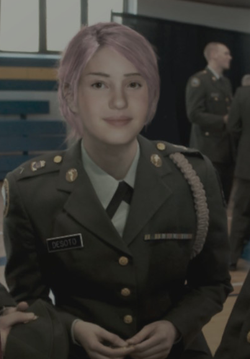
There’s no shooting, there’s no running, there’s no jumping.

The game is played in first person, like shooters Doom and Call of Duty, but as a game it’s more notable for what it doesn’t do than what it does.

Oh, did I mention it’s a dark and stormy night? Gone Home pulls you in with a mystery, with the appearance of horror-that this will be a game where things jump out at you from dark rooms-and leaves you with a far different, and far more moving, experience than you were expecting. Your parents didn’t pick you up at the airport, and when you arrive home, the inside lights are off and there’s a note on the front door from your high-school-age sister, Sam, warning you not to try to find her. Instead, the game starts with an answering-machine message establishing you as Kaitlin Greenbriar, a 21-year-old returning to your house in Portland, Ore., after a year studying abroad in Europe.
#Gone home sam movie
There’s no introductory movie setting the stage, as is standard in modern video games. Short and sweet-at $20, it’s about 10 bucks per hour of play- Gone Home isn’t really a book, and it isn’t really a video game it occupies a middle ground, a narrative territory not much charted.

But playing the video game Gone Home, an “interactive story” you can download onto your computer, I started to wonder if, in fact, in the future all books will be games. When e-book sales surpassed hardcover sales for the first time last year, it seemed like just the latest piece of evidence that in the future, all books will be e-books.


 0 kommentar(er)
0 kommentar(er)
